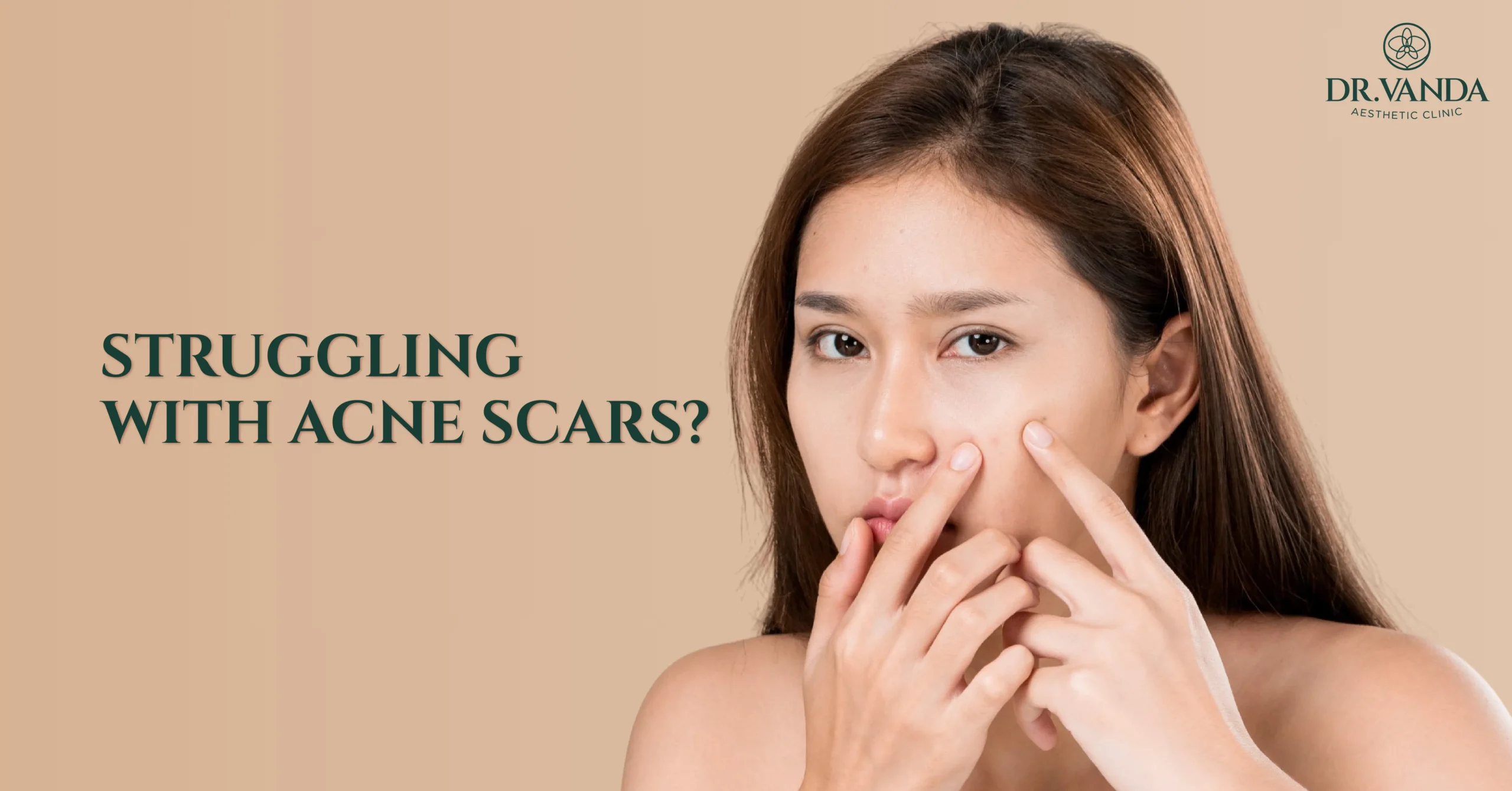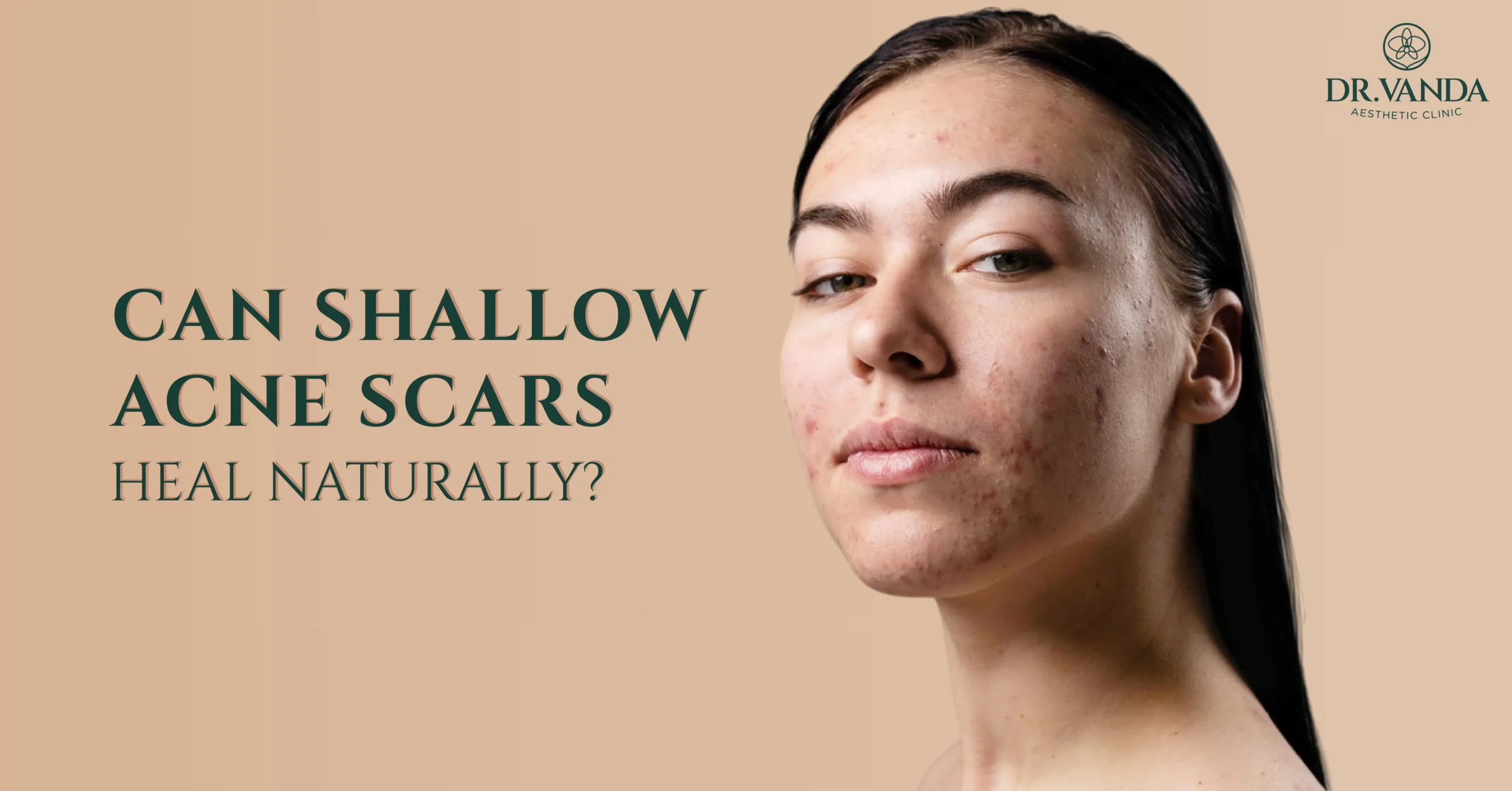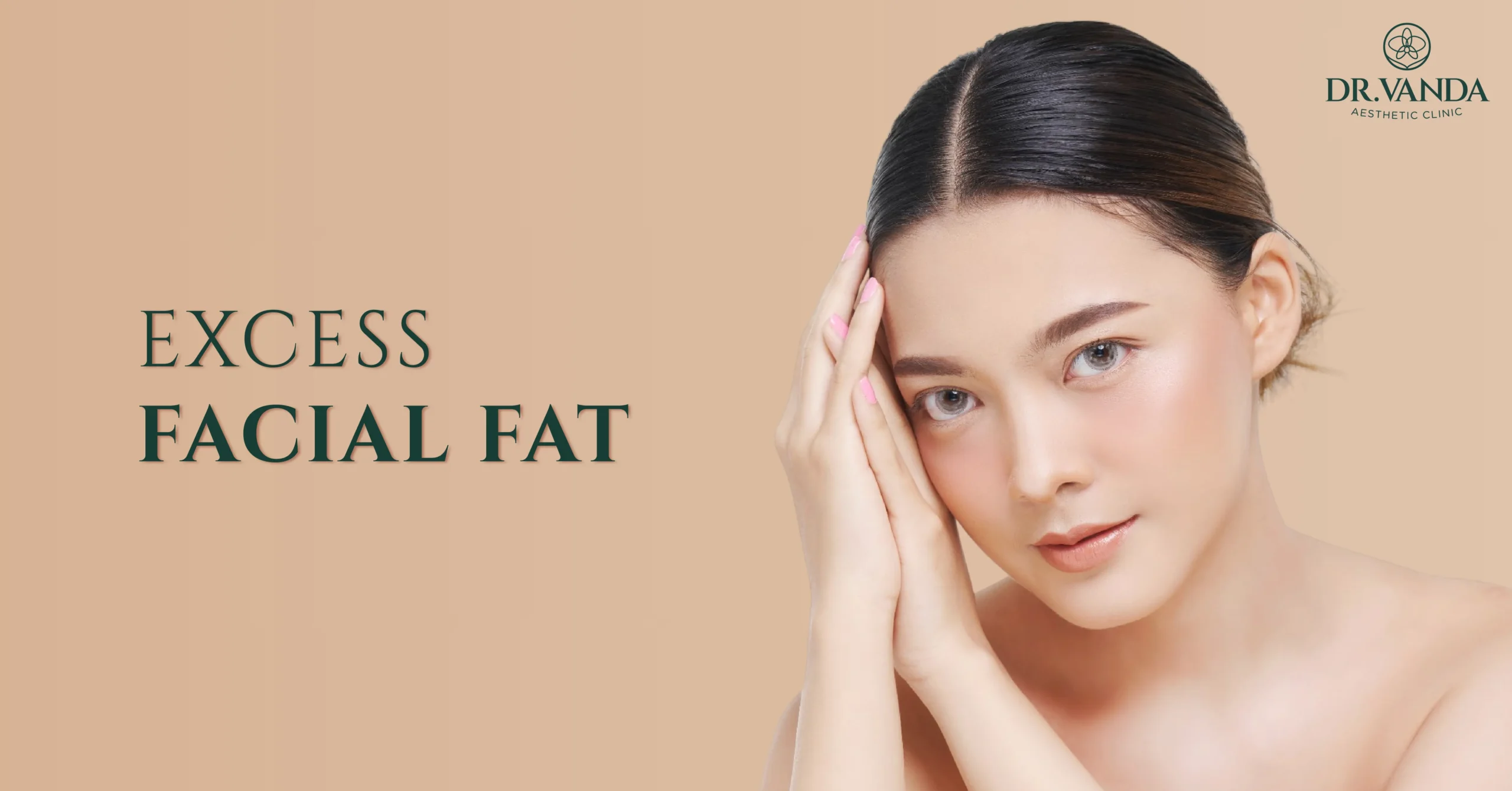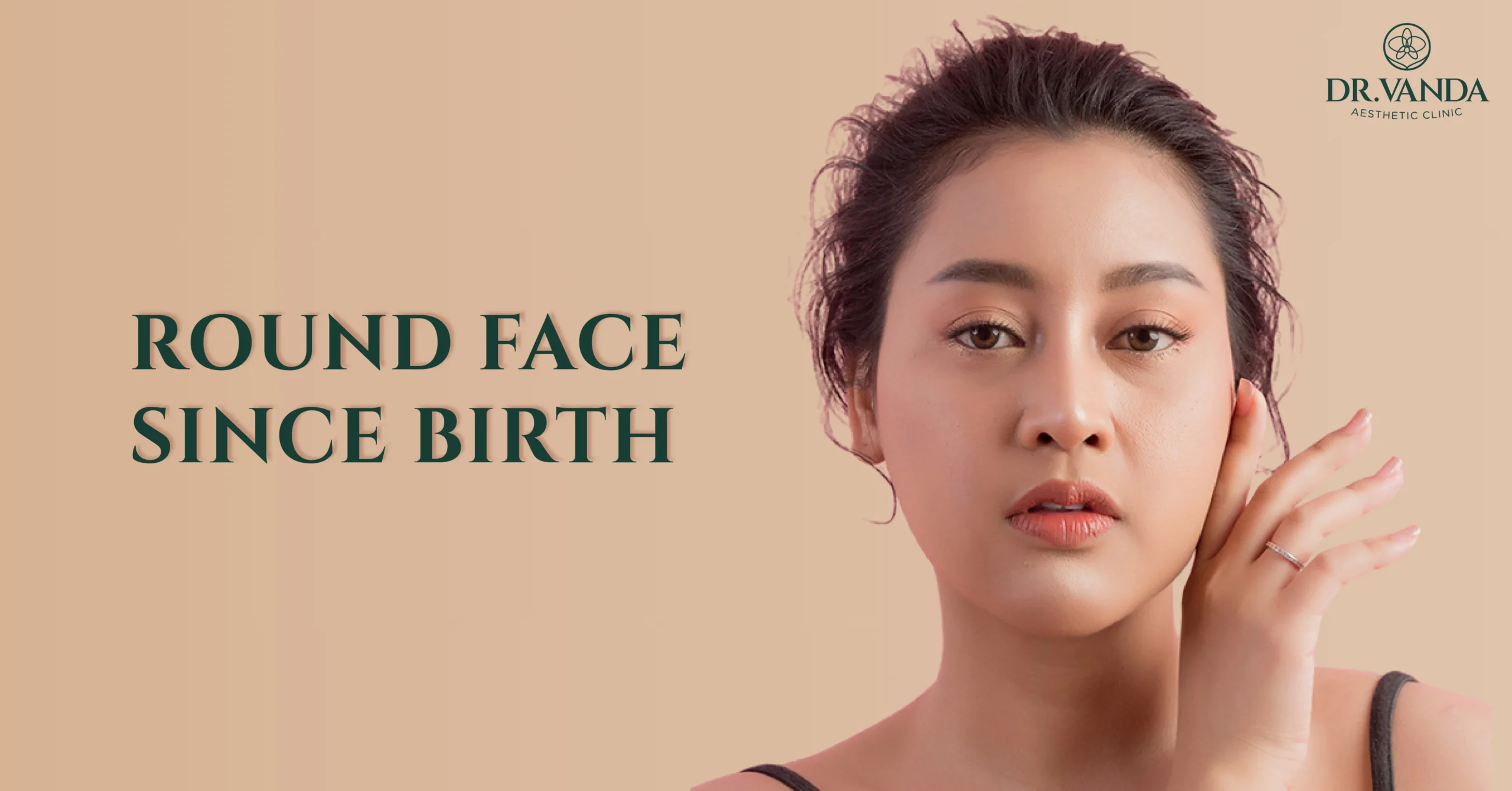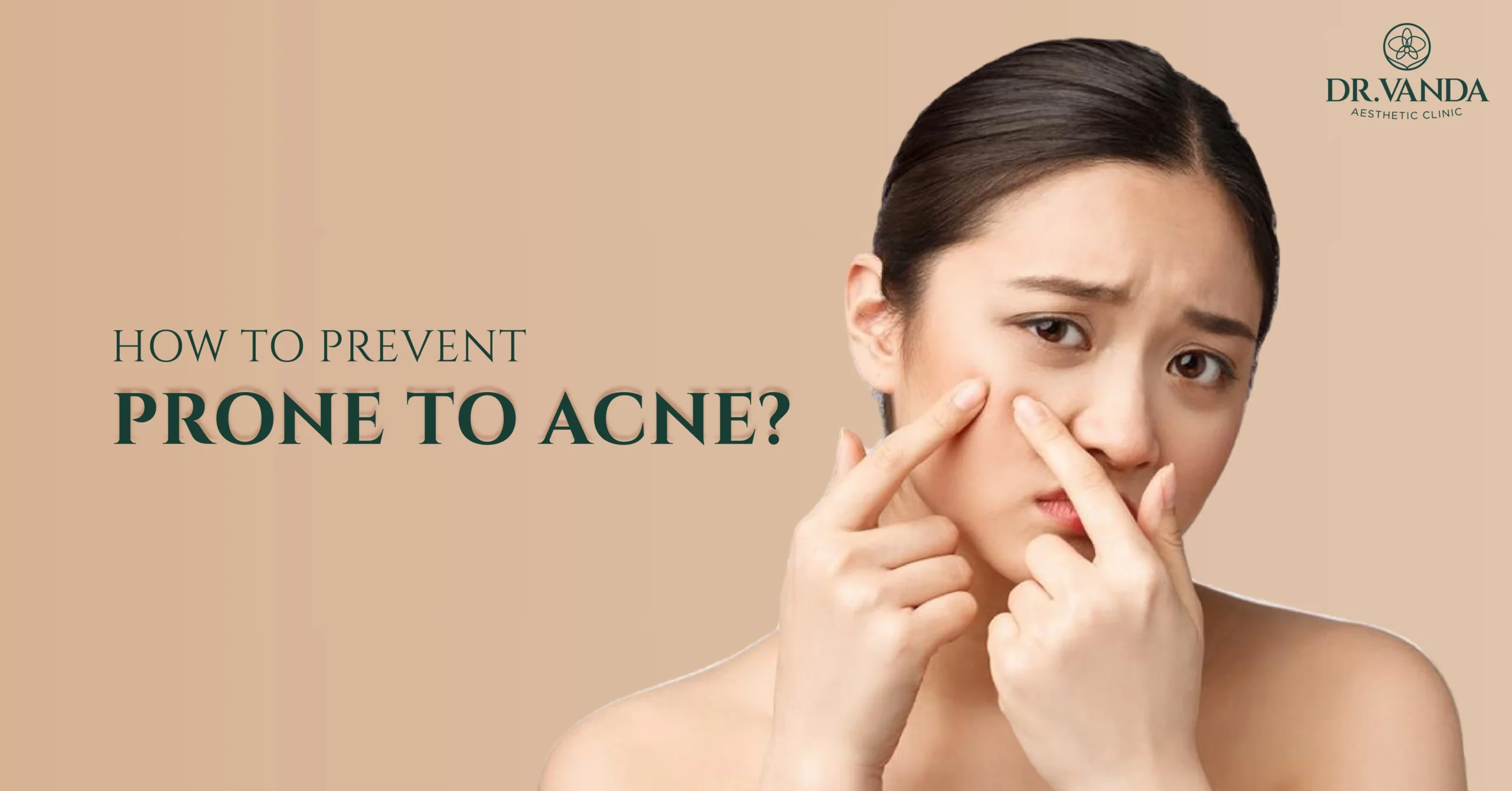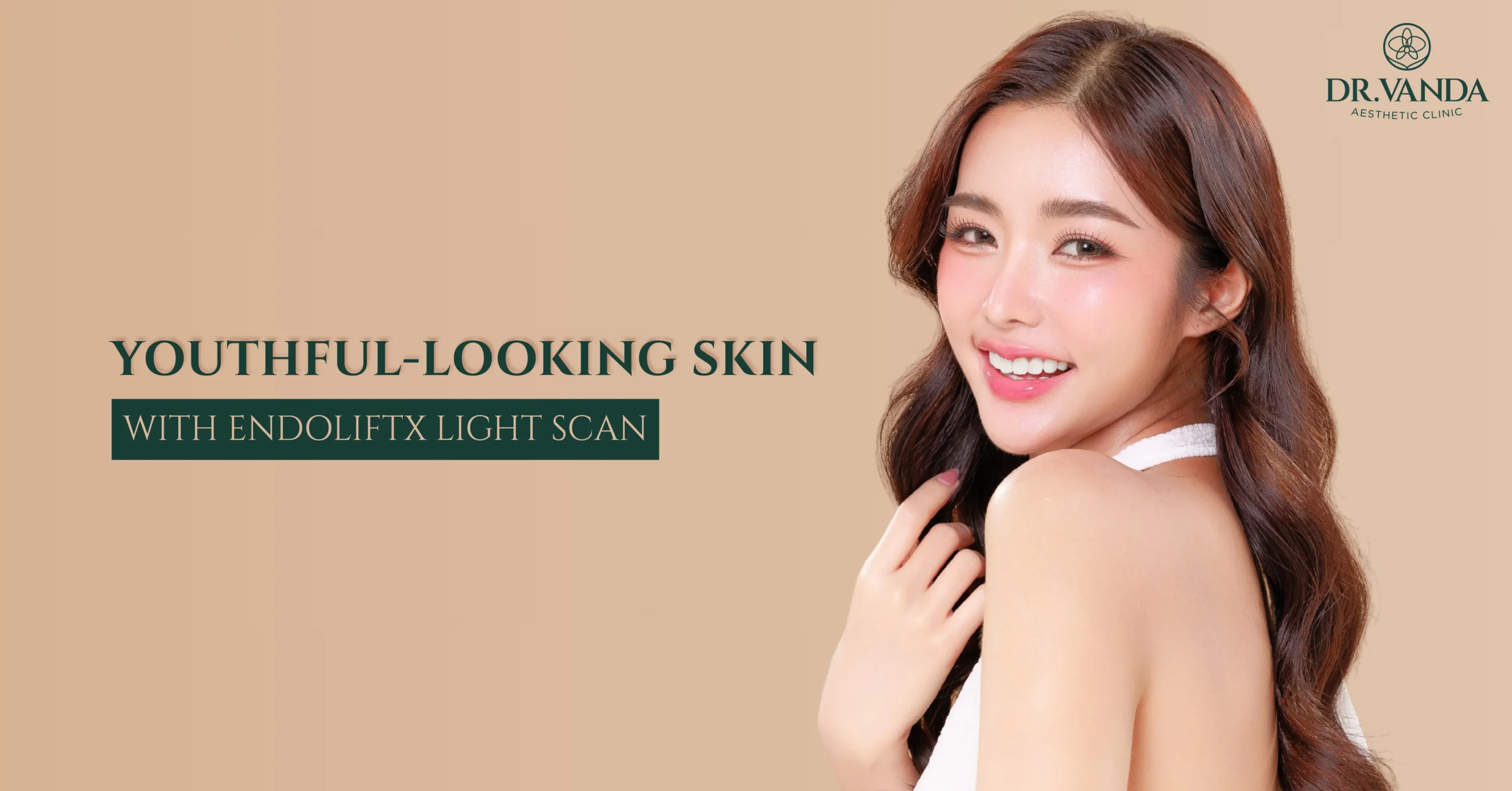Why Do Acne Scars Persist Despite Treatment?
Deep Acne Scars
Non-Standardized Clinics
Inexperienced Practitioners
Neglecting Self-Care
Can Acne Scars Heal Naturally Over Time?
Effective Acne Scar Treatments
Topical treatments for acne scars involve applying medications directly to the affected areas to promote skin cell regeneration and smoothen the scars. This method is most suitable for shallow scars (Rolling Scars) and requires a treatment period of 3-6 months before visible results appear, making it the slowest option among all treatments. Commonly used medications include derivatives of Vitamin A.
Chemical peeling utilizes acidic substances of varying concentrations applied to acne scars to exfoliate old skin cells and stimulate new skin cell growth. The choice of acid depends on the scar depth:
- Shallow scars: Lactic acid or glycolic acid.
- Deeper scars: Trichloroacetic acid (TCA).
- Severe scars reaching the subcutaneous layer: Phenol.
While chemical peeling provides faster results compared to topical treatments, it may cause side effects such as skin irritation or increased sensitivity, especially with phenol, even in small amounts.
Filler treatments involve injecting hyaluronic acid (HA) to fill acne scars, restoring a smooth appearance. Results are immediate; however, since HA naturally degrades within 6-12 months, regular treatments are necessary to maintain the outcome. External factors, such as lifestyle habits, can accelerate the degradation process.
Subcision uses sharp or blunt needles, or specialized tools, to sever the fibrous bands beneath the acne scars. While effective for Rolling Scars, this method carries risks, including nerve damage or harm to other vital tissues if performed by an inexperienced practitioner. It is often combined with other treatments for deeper scars.
Fractional RF lasers utilize high-frequency radio waves to generate localized heat, targeting the dermis to stimulate collagen and elastin production. This process helps renew the skin, replacing scarred tissue with smoother skin.
Pico laser treatment employs ultra-short pulses to target scar tissue and stimulate collagen production. Effective for Rolling and Box Scars, it typically requires up to six sessions, spaced 4 weeks apart, to achieve visible results. Post-treatment side effects may include redness, peeling, scabbing, or minor bleeding, with a slight risk of infection.

Why Choose EndoliftX Light Scan by Dr. Vanda
While various treatments exist for both immediate and long-term acne scar resolution, it’s important to address the root cause—enlarged pores prone to clogging. The EndoliftX Light Scan offers a comprehensive solution by simultaneously treating existing scars and preventing new ones.
What is EndoliftX Light Scan?
EndoliftX Light Scan is an innovative laser technology that utilizes an external laser system with a 1470 nm wavelength delivered through a fiber optic mechanism. This advanced approach stimulates collagen and elastin production while regulating sebaceous gland activity.
Key features include a specially designed handheld applicator for precise treatment of both the skin and subcutaneous layers, effectively addressing acne scars, wrinkles, and pore size.
Benefits of EndoliftX Light Scan
- Prevention of Acne Scars: The technology minimizes pore expansion, reducing clogging and preventing future scars.
- Oil Balance: It helps regulate skin oil levels, preventing excessive oiliness.
- Visible Results: Patients can observe gradual scar reduction and smoother skin with minimal recovery time.
- Non-surgical: The treatment is non-invasive, allowing patients to resume daily activities immediately.
Read More: EndoliftX Light Scan
Why Dr. Vanda Aesthetic Clinic?
At Dr. Vanda Aesthetic Clinic, we prioritize patient safety and satisfaction by employing advanced technologies and experienced medical professionals. Our specialists oversee every step of the treatment process, ensuring effective and safe results tailored to each individual’s skin condition.

